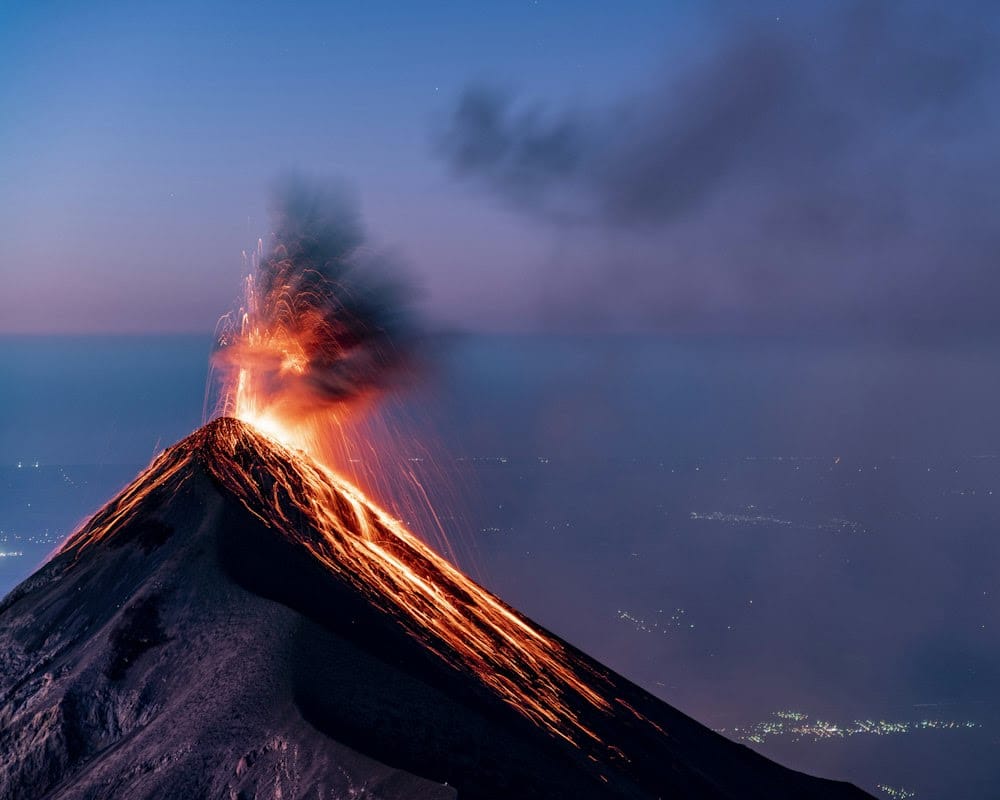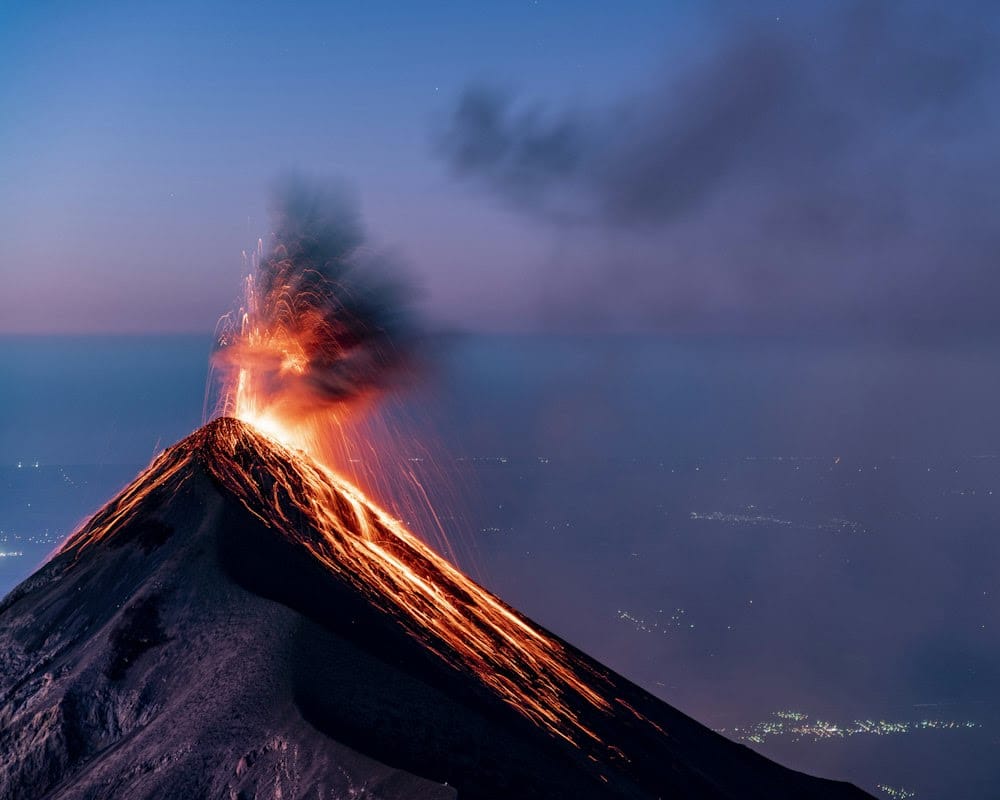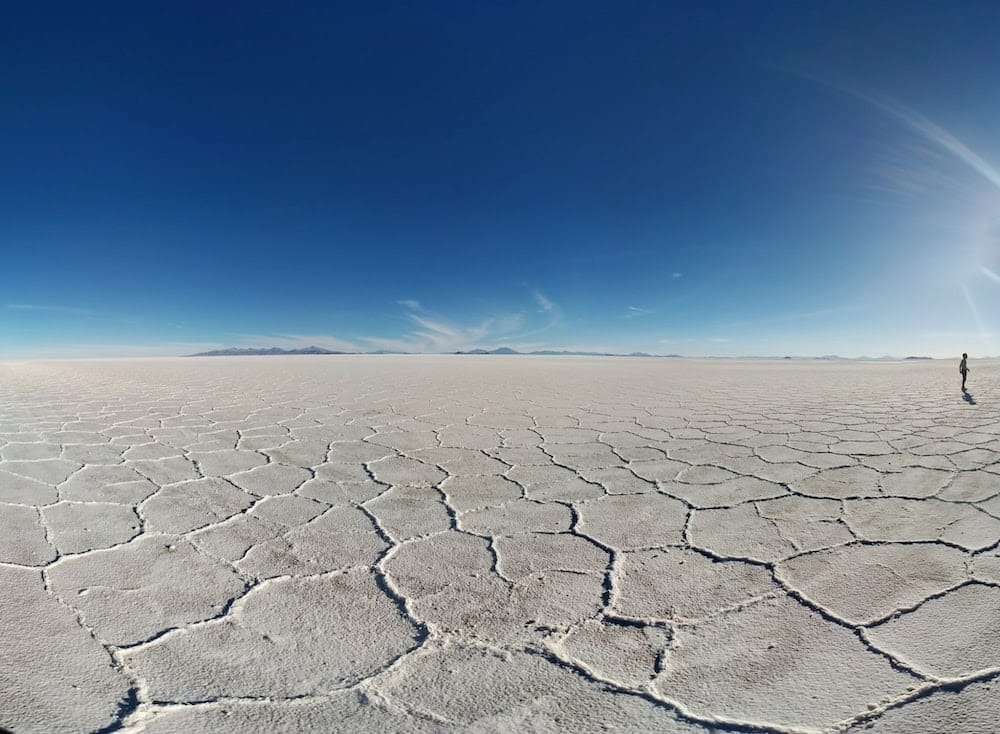
Hurricanes, heat waves, snowstorms, earthquakes, floods: no country in the world is unprepared to face disasters, to which heads of state too often only react after the fact, deplores a report published on Tuesday 28 February which calls for a rethink of risk management.
Eight years ago, most countries adopted the Sendai goals to reduce casualties and damage by 2030 by investing in risk assessment, risk reduction and disaster preparedness – whether for earthquakes or climate-related disasters exacerbated by global warming.
Now, “it is highly unlikely” that the goals will be met, the report by the International Science Council, which includes dozens of scientific organizations, points out.

Over the past 30 years, more than 10,700 disasters (earthquakes, volcanic eruptions, droughts, floods, extreme temperatures, storms…) have affected more than 6 billion people worldwide, according to data from the United Nations Office for Disaster Risk Reduction. At the top of the list are floods and storms, multiplied by climate change, which accounts for 42% of the total.
These major natural events, with cascading consequences, “undermine hard-won development gains in many parts of the world,” the report says.
Peter Gluckman, president of the ISC, comments, “While the international community mobilizes quickly after disasters such as the earthquakes in Turkey and Syria, too little attention and investment is directed to long-term planning and prevention, whether it be strengthening building codes or setting up warning systems.

Mami Mizutori, who is the UN Special Representative for Risk Reduction, added, “The multiple challenges of the past three years have highlighted the fundamental need for better preparedness for future disasters. “We need to strengthen infrastructure, communities and ecosystems now, rather than rebuilding them afterward.
The study, therefore, draws attention to the problem of resource allocation. For example, only 5.2% of aid to developing countries for disaster response between 2011 and 2022 was dedicated to risk reduction, with the rest allocated to relief and reconstruction after the fact.
A study released in late January by the UN General Assembly also noted that countries were “not on track” to meet the Sendai goals.
The situation is getting out of hand and the number of people affected by disasters each year is increasing, as is the direct damage, which will reach an average of USD 330 billion per year over the period 2015-2021.




